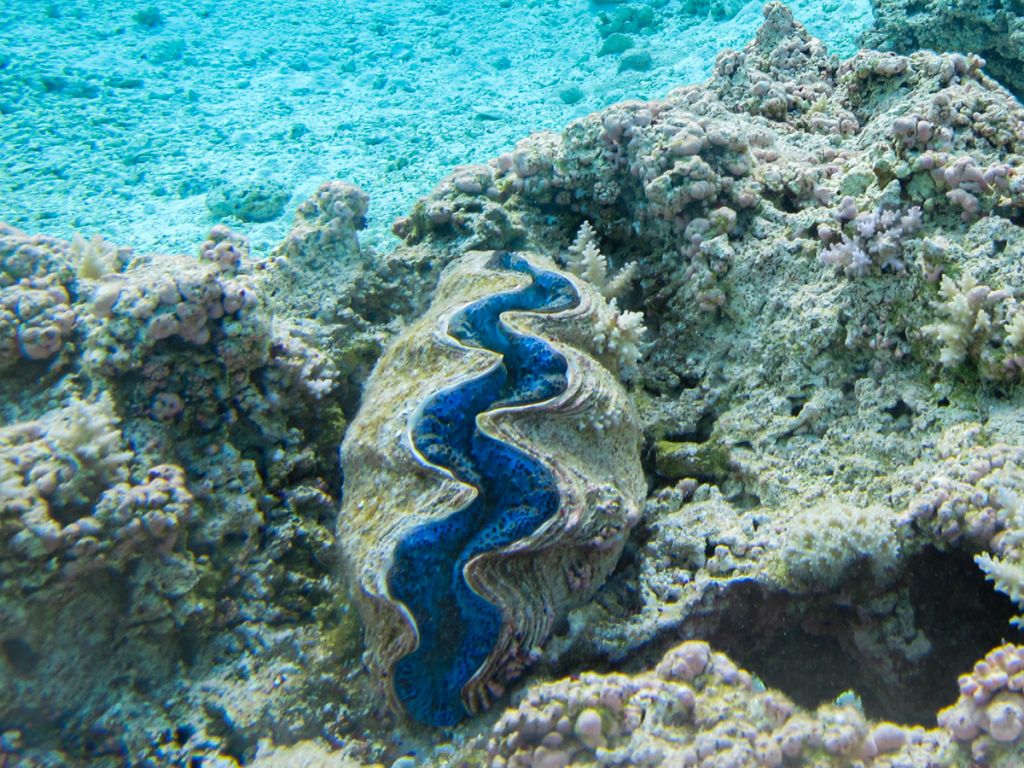Genetic assessment of giant clam stocks in American Samoa
PRINCIPAL INVESTIGATOR: Robert Toonen
PI-CASC Graduate Scholar: Paolo Marra-Biggs

Some scientists consider giant clams (Genus Tridacna) as keystone species, as they benefit species of all ecological levels, and they have among the highest rates of photosynthesis of any species on coral reefs. However global demand for their harvest has decimated populations and resulted in all Tridacnids being listed as vulnerable to extinction on both CITES and IUCN lists. A recent petition to list giant clams under the Endangered Species Act adds to the need for current evaluation of the status of populations under US jurisdiction. Unfortunately, existing assessments of population size and extinction risk are confounded by misidentified and cryptic species. The most recent study of the status of giant clams in the Samoan Archipelago was published over 20 years ago, without molecular corroboration of visual identifications. In that 1999 study, 97% of clams were found on the uninhabited and protected Rose Atoll, with only 16 live clams being found on the inhabited main island of Tutuila. These decades-old estimates remain the only data on which current local fishing regulations in the archipelago are based. Further, the cultural demand and high market value of these clams encourages continued fishing pressure, regardless of their population decline or threatened status.
With a focus on American Samoan waters, this research includes the first genomic analyses of Tridacnids and comparison to the currently accepted classification, to determine which species are currently present in US jurisdiction. Using genetic sequencing to verify species, we will validate species distributions and abundances across American Sāmoa. Comparison of the photosynthetic communities of symbionts that feed giant clams will provide insight on their ability to cope with warming oceans and marine heat waves. We will also complete a population genetic analysis to infer connectivity amongst giant clams along the Samoan Archipelago to test the potential of Rose Atoll acting as a breeding refuge from which larvae can disperse to colonize other locations. The results will supplement updated fisheries code with current stock assessments and species composition, inform the conservation status of giant clams in American Sāmoa, and ultimately inform conservation and management efforts for giant clams in the region.

